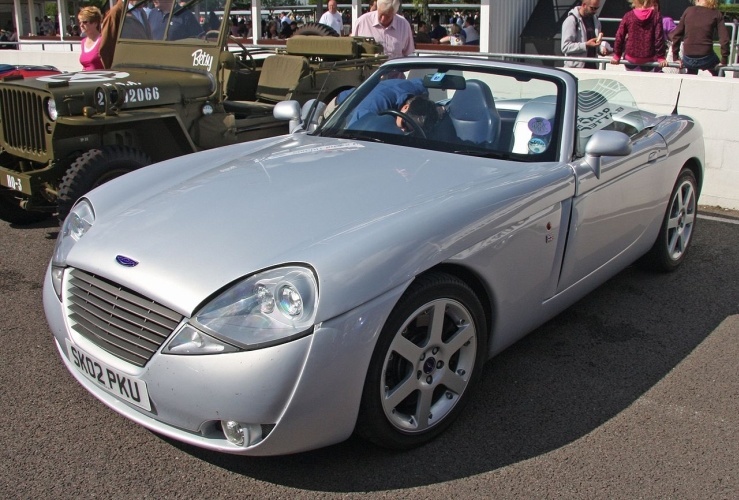
By Brian Snelson from Hockley, Essex, England - Jensen S-V8Uploaded by liftarn, CC BY 2.0, https://commons.wikimedia.org/w/index.php?curid=7504616
Reasons for the demise of the British car manufacturing industry over the 70s, 80s and 90s have been oft-debated. Was it our inability to keep up with Asian technological advances and cost-effective production techniques? Was it unsupportive government policies? Or was it simply that we made a lot of rubbish cars that nobody wanted?
Thankfully, the UK car industry has enjoyed a renaissance in recent years, with a shift towards high-end vehicles that offer a unique British cachet to the burgeoning middle classes of Asia and the Middle East. But before the planet’s nouveau riches began lapping up our McLaren 675LTs, our Rolls Royce Phantom Coupes and our Jaguar F-Types, they were faced with this horrible lot...
-
Robin Reliant
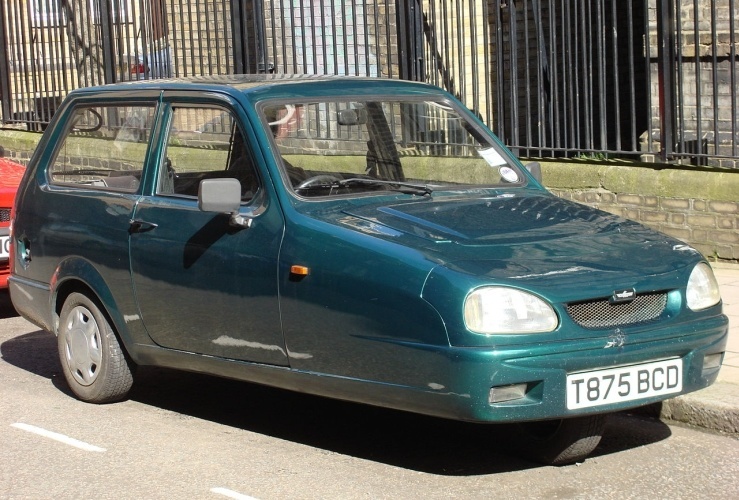
By Oxyman - Own work, CC BY 2.5, https://commons.wikimedia.org/w/index.php?curid=1807783
Unique, yes. Stable, no. With two fixed rear wheels and a front wheel for steering, the Robin was doomed to a very wobbly fate. Its comedic nature was not missed by the BBC, who gave one to Del Boy, the master of dodgy consumer goods. The Robin only enjoyed modest success because miners in the north of England could drive one on a motorbike licence – thanks to its missing wheel.
-
Morris Marina
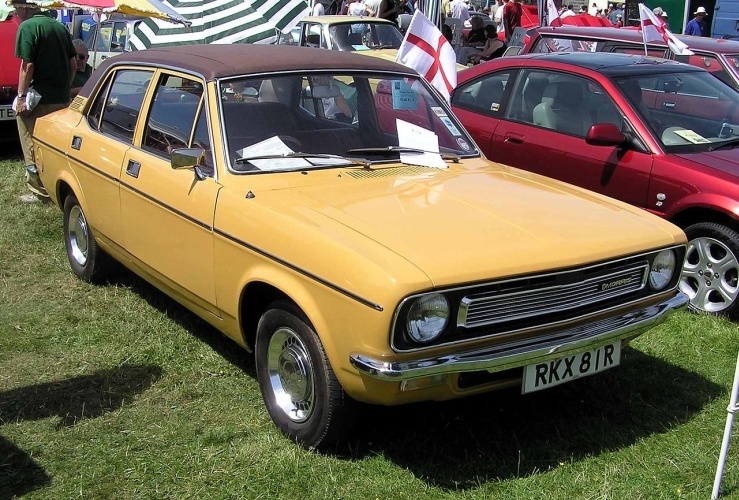
By User Arpingstone on en.wikipedia - Taken by Adrian Pingstone in June 2004 and released to the public domain., Public Domain, https://commons.wikimedia.org/w/index.php?curid=1159545
Based on the 1948 Morris Minor, the Marina was launched in 1971 to rapturous disappointment. Compared to its key rival the Ford Cortina, the Marina was decades behind in terms of handling and styling. Manufactured at a time of prolonged industrial unrest, the build quality of the Marina was the fattest nail in the model's coffin lid. Still, 807,000 Marinas skulked off production lines – of which a handful are still roadworthy.
-
Rover 800
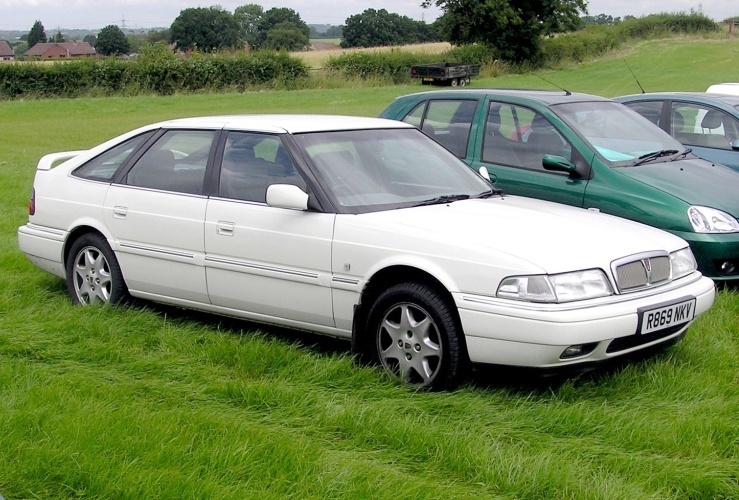
By No machine-readable author provided. Arpingstone assumed (based on copyright claims). - No machine-readable source provided. Own work assumed (based on copyright claims)., Public Domain, https://commons.wikimedia.org/w/index.php?curid=70532
In the 1980s Austin Rover was still a big player in the world of production cars, as evidenced by a crucial deal with Honda. Together the Anglo-Japanese partnership would develop the 800, with Honda overseeing build quality and engineering and Austin Rover taking care of suspension and styling. Sadly the British end decided to ignore Honda's advice and manufactured a real turkey of a car. The original 800 failed and had to be re-designed at huge cost. Honda's version of the car, the Legend, was by contrast much better.
-
Austin Allegro
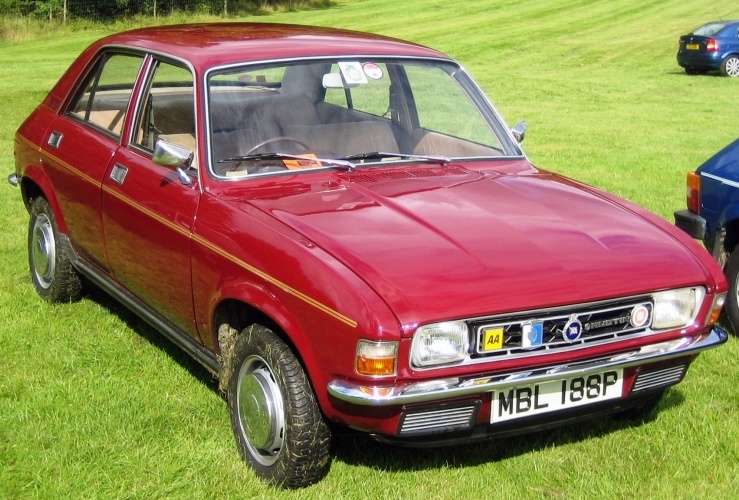
By Charles01 - Own work, CC BY-SA 3.0, https://commons.wikimedia.org/w/index.php?curid=4626016
Nicknamed 'All Aggro' by many of its owners, the 1973 Allegro was famously more aerodynamic going backwards than forwards. Among its numerous other failings were wheels that would fall off without warning and rear windows that would pop out announced. Its styling earned it the alternate nickname 'Flying Pig'.
-
CityRover
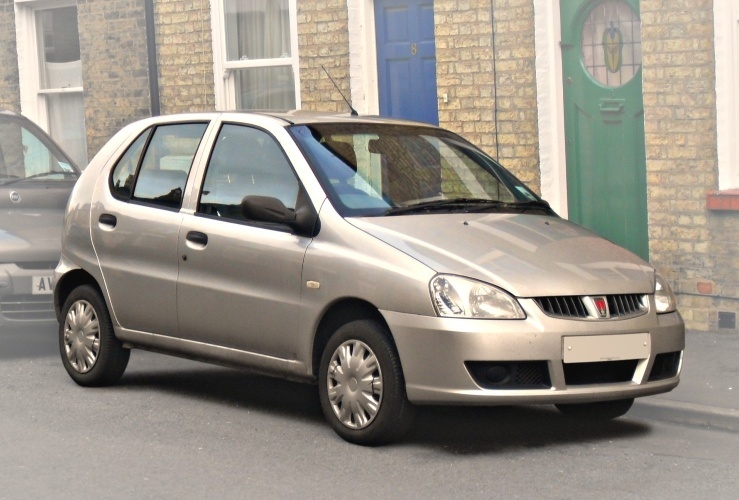
By Tom Ellis - originally posted to Flickr as 2004 Rover CityRover, CC BY-SA 2.0, https://commons.wikimedia.org/w/index.php?curid=10359482
While the bulk of this supermini was made in India by Tata, the nose and suspension were added at Rover's Longbridge plant. The British firm sold the cars at a starting price of £6,495, a sum ultimately regarded as too high for the vehicle’s rather basic features. Rover famously refused to let Top Gear test drive the car, compelling James May to go undercover with a hidden camera and take one for a test-drive. "That is the worst car I have driven on this programme," said May afterwards. However, the upgraded 2005 version did complete a 7,000 mile journey in the 2007 Himalayan Challenge Endurance Rally, so it can’t have been that bad.
-
Rolls-Royce Camargue
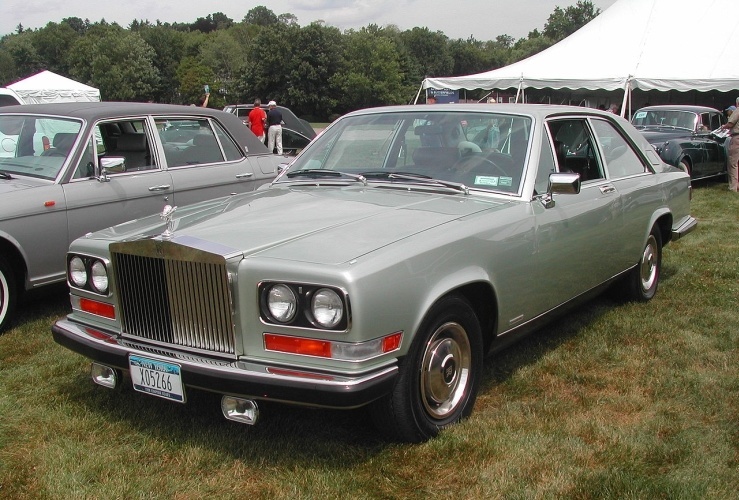
By User Jagvar on en.wikipedia - Own work, Public Domain, https://commons.wikimedia.org/w/index.php?curid=1356569
Arguably the ugliest Rolls ever made, the Camargue's appearance was compromised by the need to accommodate a huge 6.75 litre engine. With boxy sides and arches far larger than the car's wheels, the model failed to live up to the brand's luxurious design language. Most insulting of all was the price tag: at £29,250 in 1975 the Carmargue was by some margin the world’s most costly car, inspiring just 531 sales after more than a decade of production.
-
Jensen SV-8

By Brian Snelson from Hockley, Essex, England - Jensen S-V8Uploaded by liftarn, CC BY 2.0, https://commons.wikimedia.org/w/index.php?curid=7504616
The problem with automotive swan songs is that they tend to be very bad – otherwise they would never be sung. The SV-8 was Jensen's final boo-worthy trill, whose pound-shop interiors and yawning panel gaps undermined the tasty 4.6-litre Mustang V8 and respectable 160mph top speed.
-
DeLorean DMC-12
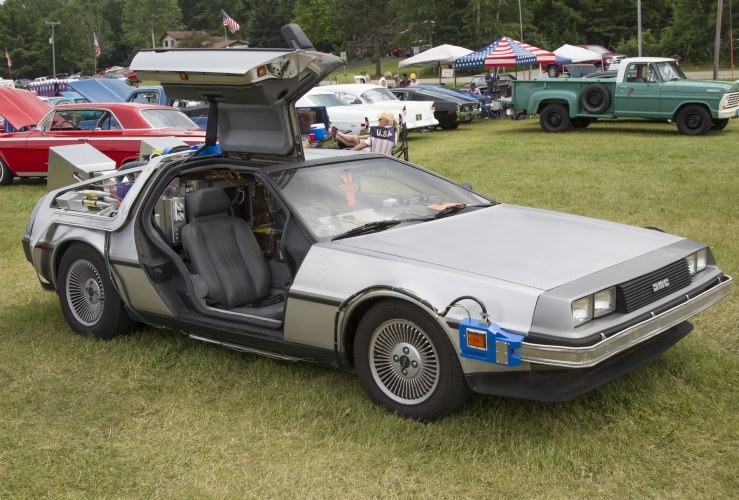
Delorean DMC-12 (mybaitshop/Bigstock.com)
To ten-years-olds everywhere (in 1985), the DeLorean DMC-12 was the ultimate driving machine. But sadly the Back to the Future prop delivered little of its cinematic promise - and certainly didn’t permit time travel or leave cool flaming tread-marks in the road. And despite its exotic looks, it was saddled with a rather suburban V6 – and furnished with literally no flux capacitors. A DMC-12 owner would be happy if they could keep the car’s brushed-steel bodywork clean for more than a day.
-
Triumph TR7
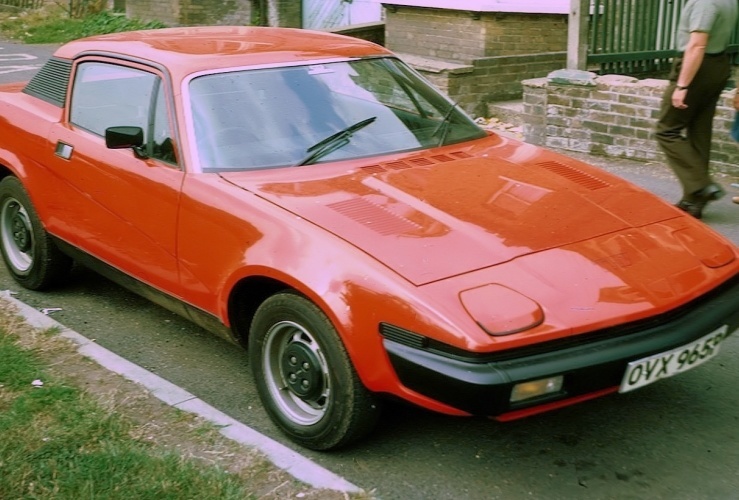
By Charles01 - Own work, CC BY-SA 3.0, https://commons.wikimedia.org/w/index.php?curid=3005097
Boasting the appearance of a wedge of cheese but offering far less taste, the TR7 of 1974 had only four cylinders and lacked independent rear suspension – thanks to an inspired cost-cutting exercise. Even the pop-up headlights couldn’t save it – or indeed the Triumph brand – from commercial failure a few years later.
-
Vauxhall Vectra
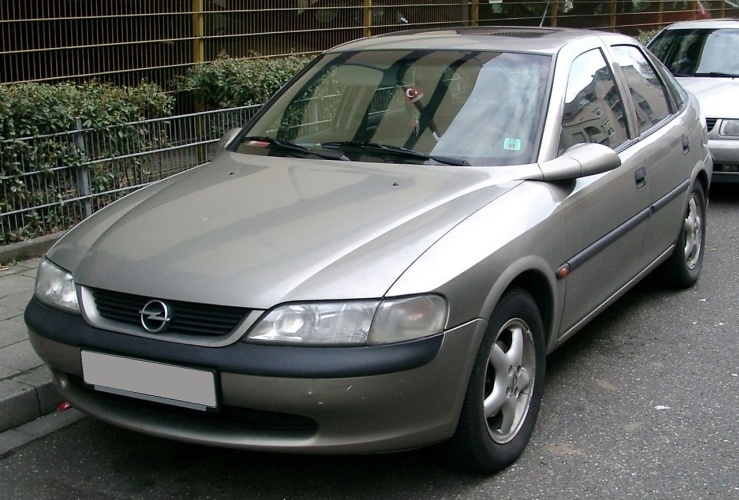
By Rudolf Stricker - Own work, CC BY-SA 3.0, https://commons.wikimedia.org/w/index.php?curid=3600890
The original 1995 Vectra was David Brent rubbish, with heavy handling and an interior replete with vinyl wood-effect trim. Available in Drizzle Grey, Melancholy Beige or Out-of-Sorts Silver, the Vectra was one of the gloomiest cars of its generation. However, it did inspire Vauxhall to create the much chirpier VXR performance model ten years later, which could hit a jolly decent 155mph.




